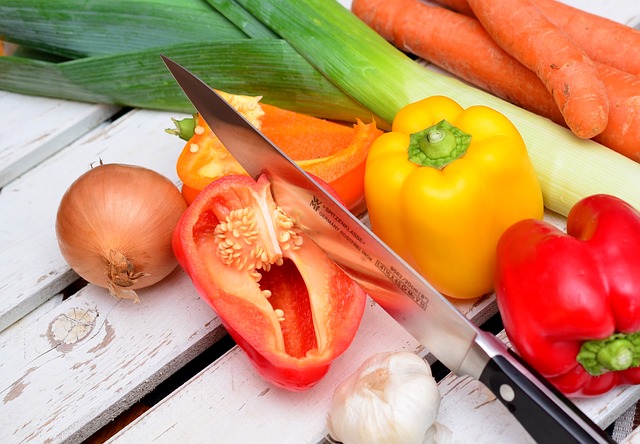The 6th World Congress on Conservation Agriculture was just held in Winnipeg, Manitoba. “Growing More, More Efficiently” was a theme of this year’s conference. One of the keynote speakers was Dr. David Montgomery, author of Dirt: The Erosion of Civilizations and a professor at the University of Washington. In his book, Dr. Montgomery says “we…
Month: June 2014
What’s the one magic ingredient for growing strong and healthy plants? Hint: There isn’t just one. There is no single ingredient for growing plants that meet their full genetic potential, just as there is no magic pill for losing weight. Instead, it takes a balance of macronutrients and micronutrients to ensure more colorful plants, more…
National Pollinator Week is a week in June where we celebrate the bees, birds, butterflies, bats, moths, flies and beetles that keep an ecosystem healthy and which support much of our wildlife and watersheds. Here are some amazing facts, courtesy of the Pollinator Partnership: Between 75% and 95% of all flowering plants on the earth need…
Plants may not be able to get up and take a walk around the garden, but they are not nearly as passive as we might imagine. In fact, plants adapt physically to their surroundings in number of surprising ways. For example, there are plants that defend themselves from predators with spines and thorns, not to…
What is soil? Most dictionaries define soil as the uppermost layer of the earth’s surface, consisting of rock and mineral particles mixed with organic matter, microorganisms, water and air. Of course, this definition only scratches the surface. The story of soil goes much deeper than that. (Okay, okay…we’ll stop with the soil puns!) The point…
Gardeners frequently ask, “How much rock dust should I apply to my garden to get results?” Let us start by saying that not all rock dust is alike and that we cannot speak for other products, only for ours. But without taking anything away from our competitors, we see Cascade Minerals as an improved replacement…






